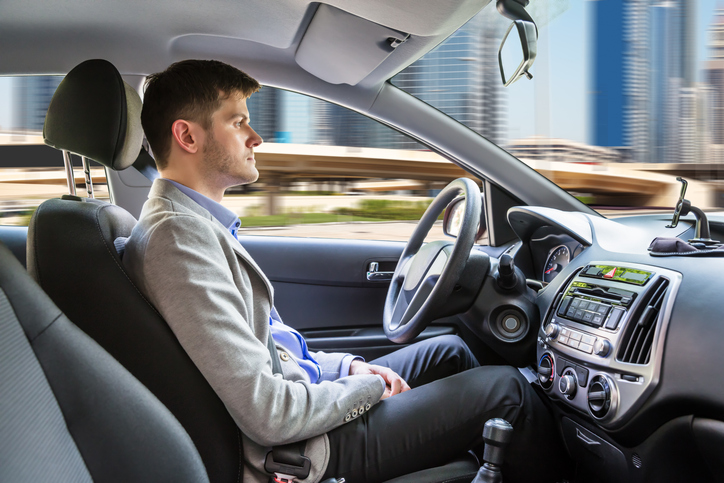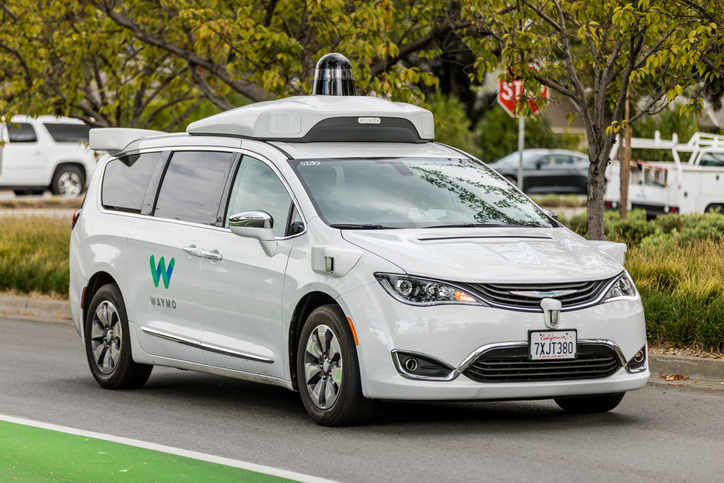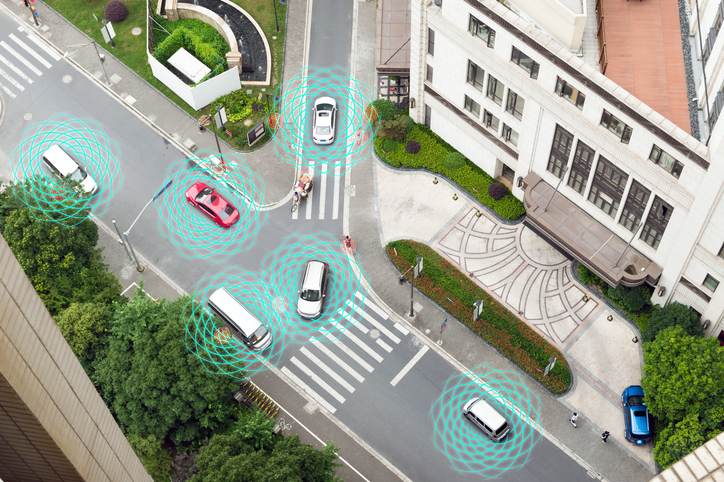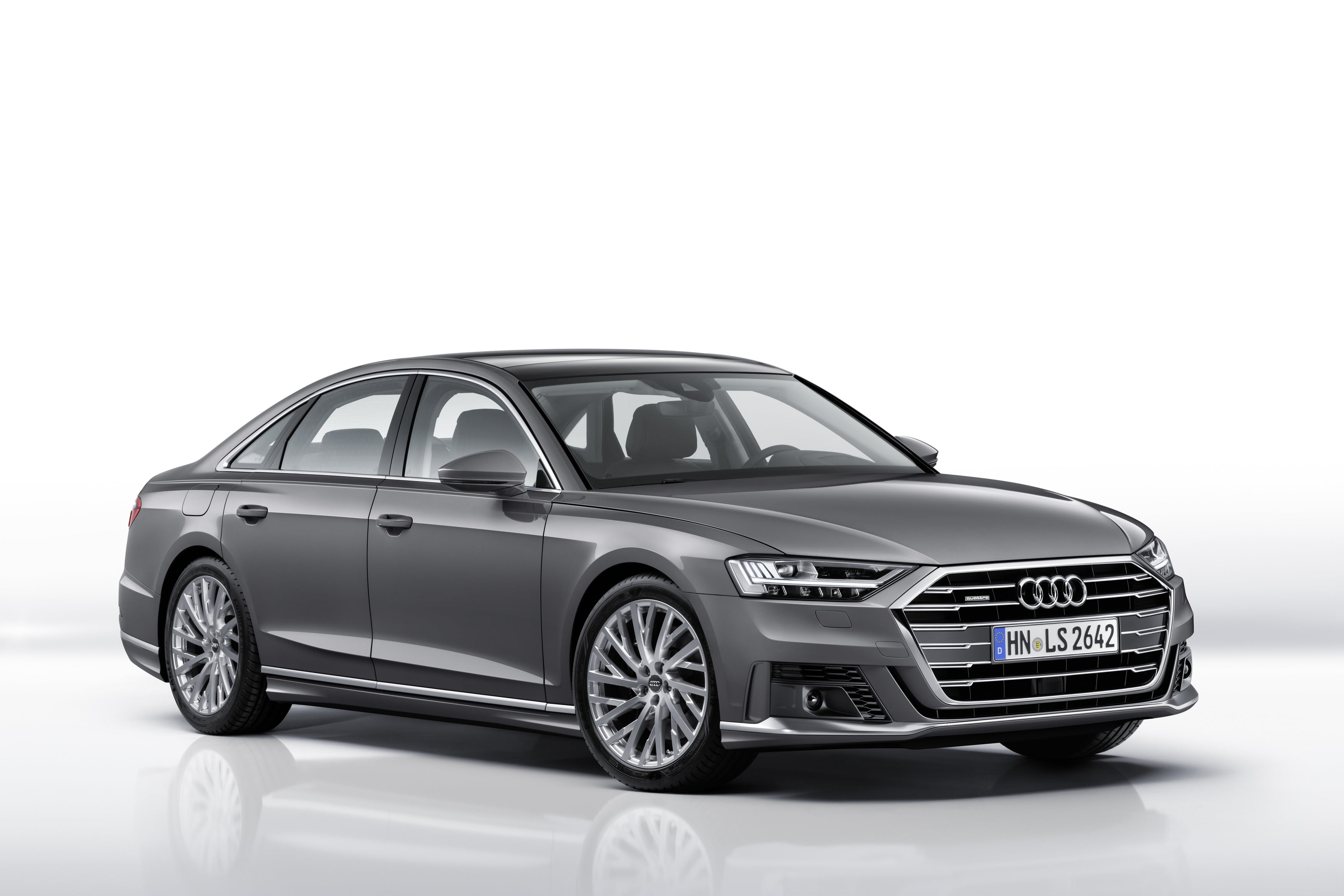
Whatever your opinion on self-driving cars and autonomous technology in vehicles, the reality is the car industry is moving that way. It’s hard now to buy a new car that doesn’t have some sort of AI or driver assist technology, even if it’s just rear parking sensors.
Here we take a look at where the tech is up to and what’s in store for drivers.
Quick Navigation
- What Driverless Technology Already Exists?
- Will Self-Driving Cars be a Reality Soon?
- The Best (Almost) Self-Driving Cars in 2019
What Driverless Technology Already Exists?
Gradually, robots are becoming a bigger part of the way we drive. Manufacturers including Tesla, BMW, Mercedes, Lexus and Ford are investing millions into AI technology that is designed to make day-to-day driving easier and safer – from emergency braking and park assist to blind-spot warning alerts and semi-automated motorway cruising.

And robotic, self-driving technology goes a lot further than that. Technology firms like Google, Amazon and Uber have already started using fully-driverless vehicles in some countries; here are a few examples of the type of robotic, AI-powered cars and vehicles out there:
- Driver-Free Buses – In the US cities of Detroit and Columbus, self-driving buses are already ferrying commuters to work without a driver. These automated shuttles use AI to follow a predefined route, and typically perform a 2- or 3-mile circuit. In the next few years, it’s thought more self-driving buses will roll out across the States – but we’re not sure when we’ll see them here in the UK.
- Driverless Cars and Taxis – The taxi firm Uber is one of the big players in the development of driverless technology, and has started using self-driving cars in some US cities. While there still legally has to be a driver in control, the cars are capable of driving themselves between destinations inputted in the app – raising questions about the future of taxi drivers.
- Farm machinery – Where AI-powered vehicles really excel is when they’re performing repetitive tasks in a controlled environment – like a field, for example. Agriculture is one industry which looks set to be totally transformed by the arrival of AI and robots, which can perform the same tasks as human operators without having to stop. This type of machinery is expensive, but as the demand for food continues to grow, it’s a reality all farmers may soon have to face.
- Long-haul trucks – One career path which also looks set to be disrupted by the arrival of AI is truck driving. Several tech firms in the US have recently launched self-driving trucks, which can run up and down highways 24 hours a day without the need for rest breaks. While they’re still a long way away, this type of autonomous vehicle looks set to transform the world of shipping and transportation when it becomes a safe reality.
- The Google Car – One of the most successful fully-self-driving cars to date has been Google Ca – a tiny, bubble-shaped vehicle that’s about as far from a standard car as it’s possible to get. Think no steering wheel, no driver and no pedals.
To navigate busy roads, Google Car is fitted with something called LIDAR, a type of camera which can measure the distance between objects using lasers. The car essentially builds a map of its surroundings as it drives along, so it can detect nearby hazards and read road signs. Google Car is a long way from becoming a reality, but it’s definitely a sign that the future os not so far away.
Will Self-Driving Cars be a Reality Soon?

Self-driving cars have been around for well over a decade now, and while they have come on a long way in that time, it’s not yet clear whether they’ll ever be a reality. AI elements, such as emergency city braking and self-parking, may be impressive, but they’re symbolic of an industry which is struggling to surpass one major obstacle in the development of fully-automated cars: people. Firstly, there are people out there who still love driving their cars, and don’t want this taken away by technology.
Secondly, robots may be smart, but they’re simply not smart enough to compute the unpredictability of humans. That’s why the development of driverless cars has been so slow, as engineers and developers grapple with the huge challenge of trying to get AI to understand how people think and act when driving.
What’s more, a massive amount of scepticism surrounds the overall safety of driverless tech, fuelled by several incidents in which pedestrians and other road users have been injured or killed because a driverless car made the wrong choice.
These tragedies, coupled with the challenge of trying to make AI smarter, means that it’s not yet clear to what extent driverless technology will play a role in the future of driving. Our recent article looking at driverless car fails shows the extent of the challenges which developers face to make the technology a reality, so we wouldn’t hold out hope for picking out a self-driving car on your local forecourt anytime soon.
The Best (Almost) Self-Driving Cars in 2019

That said, it’s not all doom and gloom for the world of autonomous driving, and there are several cars out there which feature enough futuristic elements that they could be classed as at least semi-driverless. Here is our pick of the best almost self-driving cars to look out for in 2019.
Audi A8
Audi’s ultra-luxury new saloon, the A8, is packed with technology, and is as close to being driverless as any standard road-going car. It features something called Traffic Jam Pilot, which means it can drive itself in slow-moving traffic under 37 mph without any assistance from the driver. So, say you’re stuck in traffic on the motorway, the car will start and stop for you, making decisions without any input.
BMW 7 Series
Though not quite as impressive as the A8, BMW’s 7 Series has some other nifty tricks up its sleeve. The car features adaptive cruise control which enables it to accelerate and brake with the flow of traffic, up to speeds of 130 mph. It can also park without you actually being in the car – perfect if you’re running late for work.
Ford Focus
Ford has invested heavily in autonomous technology across its range, but the latest Focus has been given the most futuristic features list. It has lane-centring technology and start-stop technology, so motorway driving has never been simpler or safer. There’s also park assist, whereby the car will work out the size and shape of a space and park automatically, without any need to touch the pedals or steering wheel.
Honda Civic
Japanese car brand Honda have long been associated with pioneering new technologies, and they’ve surpassed themselves with their latest Civic. The car features Intelligent Adaptive Cruise Control (i-ACC) that “sees” and reacts to other cars and obstacles around it, alerting you to potential hazards while automatically braking and accelerating with the flow of traffic.
Mercedes E Class
If there’s one manufacturer you can rely on to change the face of driving, its Mercedes. The German car giant’s most recent E Class model has some seriously out-there features, including active lane change assist (whereby the car will switch lanes automatically), evasive steering assistance (to avoid accidents) and automatic corner braking, in which the car uses sat nav data to automatically slow down for upcoming corners.
We’d love to know what you think about driverless cars and the role AI has to play in driving, so join in the conversation by becoming a member of Redex Club on Facebook. To learn more about Redex fuel additives and system cleaners, visit our homepage today.
